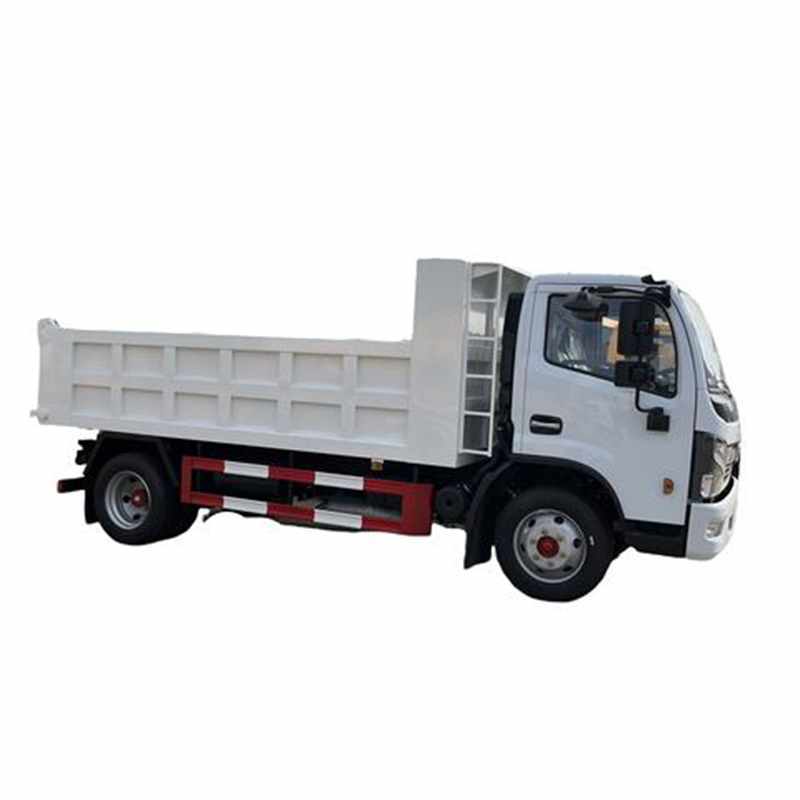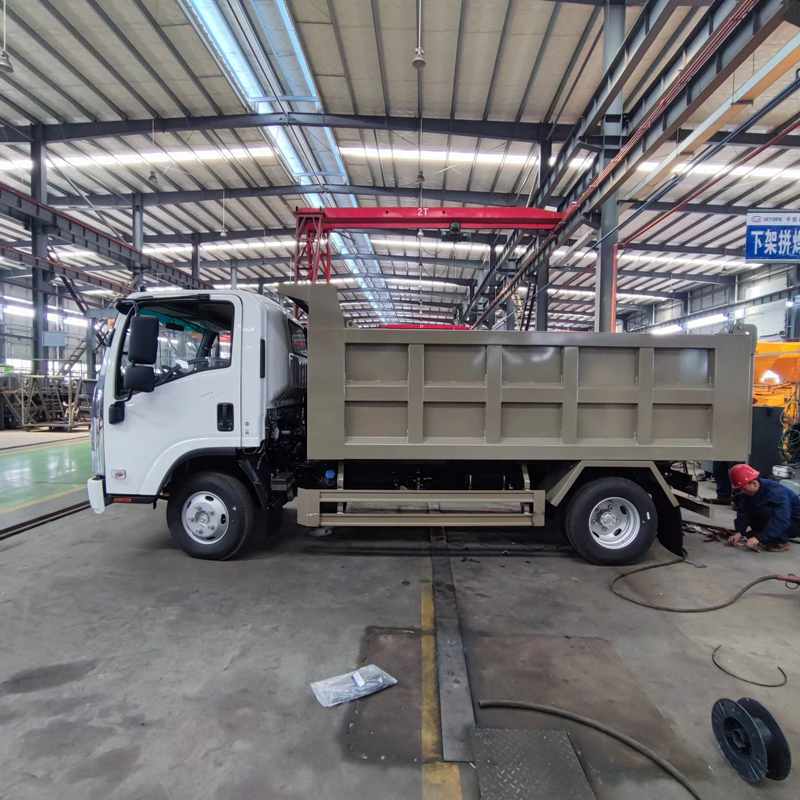

Dump cars, often referred to as dumper cars or tipper trucks, are specialized vehicles designed to haul loose material such as sand, gravel, or demolition waste. Unlike standard trucks, dump cars are equipped with an open-box bed, which is hinged at the rear and can be elevated to dump the load. This mechanism simplifies the unloading process, making them indispensable in the construction and mining industries.


The functionality of dump cars revolves around a hydraulic lifting system. When the operator activates the mechanism, the bed tilts backward, allowing the materials to slide out due to gravity. This system is efficient and reduces the manual labor required for unloading heavy materials.
From construction sites to mining operations, dump cars play a pivotal role in material transportation. Their versatility makes them suitable for a variety of tasks:
While dump cars offer numerous benefits, they also come with their set of challenges.
As technology advances, dump cars are also evolving to meet new industry standards and environmental regulations. Electric and hybrid dump cars are emerging as a trend, aiming to reduce emissions and increase fuel efficiency.
In the world of heavy machinery, dump cars are often compared to other types of haulage vehicles. Understanding the differences can help businesses choose the right equipment for their needs.
| Feature | Dump Car | Dump Truck |
|---|---|---|
| Size | Smaller and more maneuverable | Larger and suitable for heavy-duty tasks |
| Capacity | Lower payload capacity | Higher payload capacity |
| Usage | Shorter distances and rough terrains | Longer distances and high-volume hauling |
Dump cars, with their unique design and operational efficiency, continue to be a cornerstone in the construction and mining sectors. By